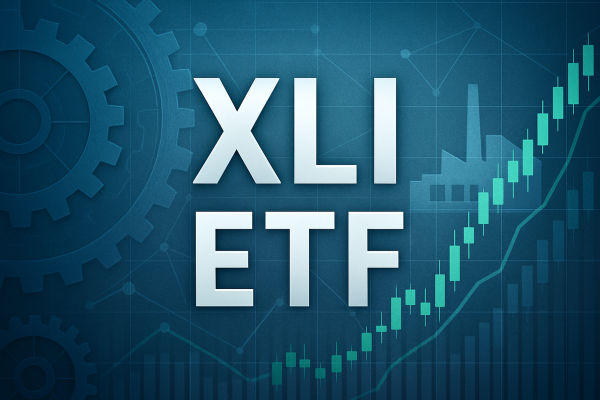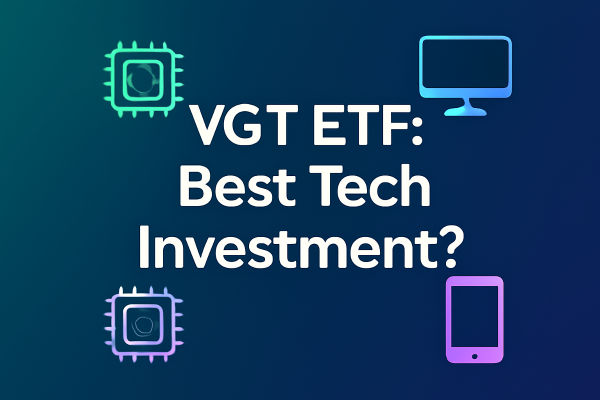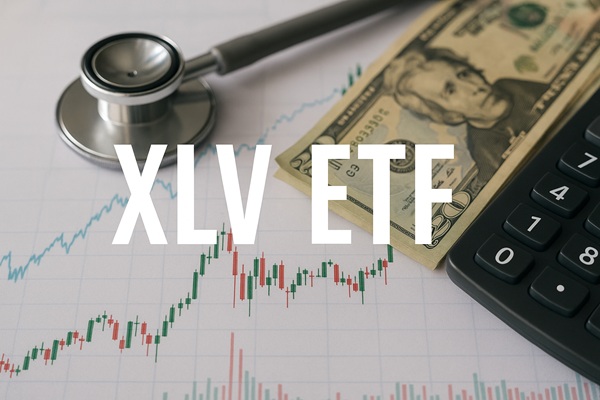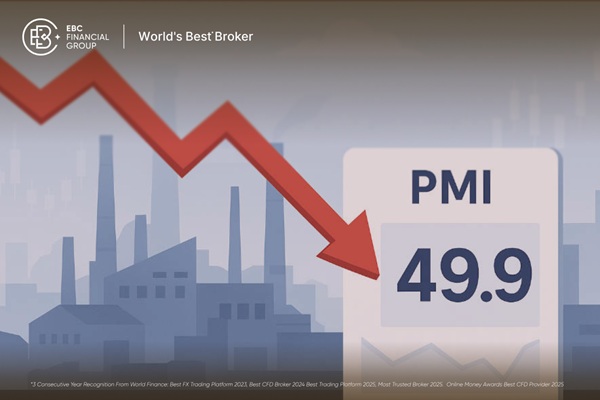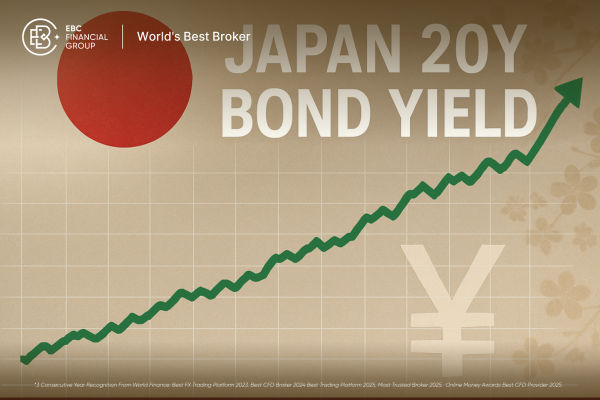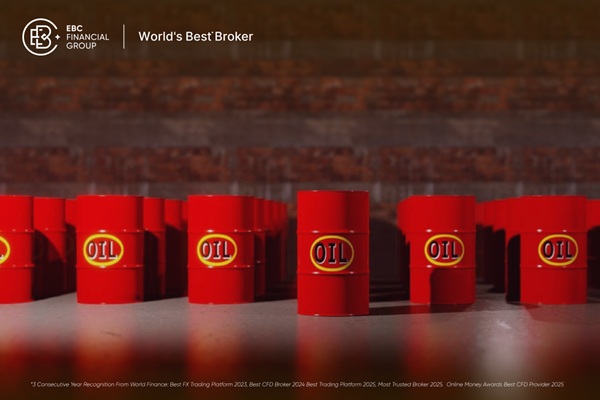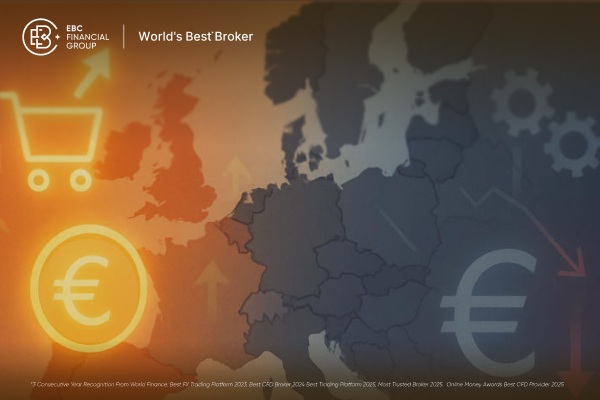For traders seeking exposure to the technology sector without the need to manage individual stocks, the Technology Select Sector SPDR Fund (XLK) stands out as a highly liquid and cost-efficient ETF. With daily trading volumes in the millions and minimal bid–ask spreads, XLK is built for execution precision and speed—traits that traders value far more than passive investors.
Understanding the dynamics of XLK ETF's liquidity, cost structure, and flow activity is key to crafting informed and timely trading strategies. This article provides a breakdown of what makes XLK attractive for tactical positioning in the ever-volatile tech space.
Liquidity & Average Trading Volume
 Liquidity is paramount for traders, and XLK delivers. On average, over 4 million shares change hands daily, placing it among the most traded equity ETFs in the United States. Backed by an assets-under-management (AUM) figure of more than $80 billion, XLK consistently attracts both institutional and retail interest.
Liquidity is paramount for traders, and XLK delivers. On average, over 4 million shares change hands daily, placing it among the most traded equity ETFs in the United States. Backed by an assets-under-management (AUM) figure of more than $80 billion, XLK consistently attracts both institutional and retail interest.
High liquidity ensures smoother order execution with limited market impact, even at larger sizes. For day traders and swing traders who require flexibility, this level of volume reduces slippage and supports intraday setups that demand agility.
Additionally, XLK's primary listing on the NYSE Arca—a highly efficient and transparent venue—means limit orders and conditional trades typically receive fair fills across the trading day.
Expense Ratio & Trading Costs
At just 0.09%, XLK's annual expense ratio is among the lowest in its category. While this figure may hold more sway over long-term investors, traders still benefit from low internal costs when holding XLK overnight or across swing setups.
Beyond the annualised fee, trading costs are a greater concern for active market participants. XLK's deep liquidity allows for tight spreads and minimal execution friction. Combined with low margin requirements and margin interest rates from most brokers, XLK offers a favourable structure for short-term tactical trades.
For those employing options strategies, XLK also boasts a robust derivatives market. Its options chain is liquid, with decent open interest and relatively tight bid–ask spreads, particularly on near-the-money contracts.
Fund Flows & Market Popularity
 A vital gauge of sentiment and institutional positioning lies in ETF fund flows. XLK consistently enjoys net inflows, with over $1 billion pouring into the fund in recent months, particularly around earnings seasons and tech-driven macro headlines such as AI developments or Federal Reserve rate commentary.
A vital gauge of sentiment and institutional positioning lies in ETF fund flows. XLK consistently enjoys net inflows, with over $1 billion pouring into the fund in recent months, particularly around earnings seasons and tech-driven macro headlines such as AI developments or Federal Reserve rate commentary.
Heavy inflows often correspond with broader market momentum, and for traders, fund flow analysis can serve as a proxy for potential volatility spikes. Conversely, net outflows may foreshadow rotation away from tech—a useful signal when considering short exposure.
The ETF's popularity also supports a robust pre-market and after-hours trading environment, offering expanded flexibility for traders reacting to earnings, macro data, or geopolitical events outside the regular session.
Bid–Ask Spread & Slippage Analysis
One of XLK's most favourable characteristics for traders is its ultra-tight bid–ask spread, often as low as $0.01. or less than 0.01% of the share price. In highly volatile conditions, the spread may widen slightly, but it generally remains narrower than sector peers or less liquid funds.
This tight spread is essential for slippage control, particularly when entering or exiting trades quickly. Whether employing scalping techniques or mid-day breakout entries, traders are better positioned to preserve edge when transaction friction is kept to a minimum.
Moreover, algorithmic traders or those using smart order routing systems will find XLK's market depth supports a range of order types without significant price movement.
Best Trading Hours & Volume Patterns
Like most U.S.-listed ETFs, XLK trades during standard NYSE hours, with volume building steadily from 09:30 to 11:00 ET, peaking again during the last hour of trading. These windows represent the most opportune times for entry and exit due to heightened liquidity and more efficient price discovery.
For intraday traders, the opening half-hour is typically marked by price gaps and strong directional moves tied to overnight developments in tech equities. For swing traders, volume confirmation during the close can aid in setting up entries for the following session.
It's worth noting that XLK tracks the Technology Select Sector Index, which itself rebalances quarterly. Traders may see significant volume and volatility on rebalance days—worth watching closely for opportunities or risk.
Conclusion
In a trading landscape increasingly reliant on liquidity, speed, and execution quality, XLK ETF has carved out a reliable niche for active market participants. With its ultra-low spreads, high daily volume, low fees, and consistent institutional engagement, XLK serves as a cornerstone for traders looking to navigate the fast-moving technology sector with precision.
Whether you're pursuing directional trades, sector rotation strategies, or short-term plays tied to market sentiment, XLK ETF offers the structure and tools needed to execute effectively.
Disclaimer: This material is for general information purposes only and is not intended as (and should not be considered to be) financial, investment or other advice on which reliance should be placed. No opinion given in the material constitutes a recommendation by EBC or the author that any particular investment, security, transaction or investment strategy is suitable for any specific person.





 Liquidity is paramount for traders, and XLK delivers. On average, over 4 million shares change hands daily, placing it among the most traded equity ETFs in the United States. Backed by an assets-under-management (AUM) figure of more than $80 billion, XLK consistently attracts both institutional and retail interest.
Liquidity is paramount for traders, and XLK delivers. On average, over 4 million shares change hands daily, placing it among the most traded equity ETFs in the United States. Backed by an assets-under-management (AUM) figure of more than $80 billion, XLK consistently attracts both institutional and retail interest. A vital gauge of sentiment and institutional positioning lies in ETF fund flows. XLK consistently enjoys net inflows, with over $1 billion pouring into the fund in recent months, particularly around earnings seasons and tech-driven macro headlines such as AI developments or Federal Reserve rate commentary.
A vital gauge of sentiment and institutional positioning lies in ETF fund flows. XLK consistently enjoys net inflows, with over $1 billion pouring into the fund in recent months, particularly around earnings seasons and tech-driven macro headlines such as AI developments or Federal Reserve rate commentary.





